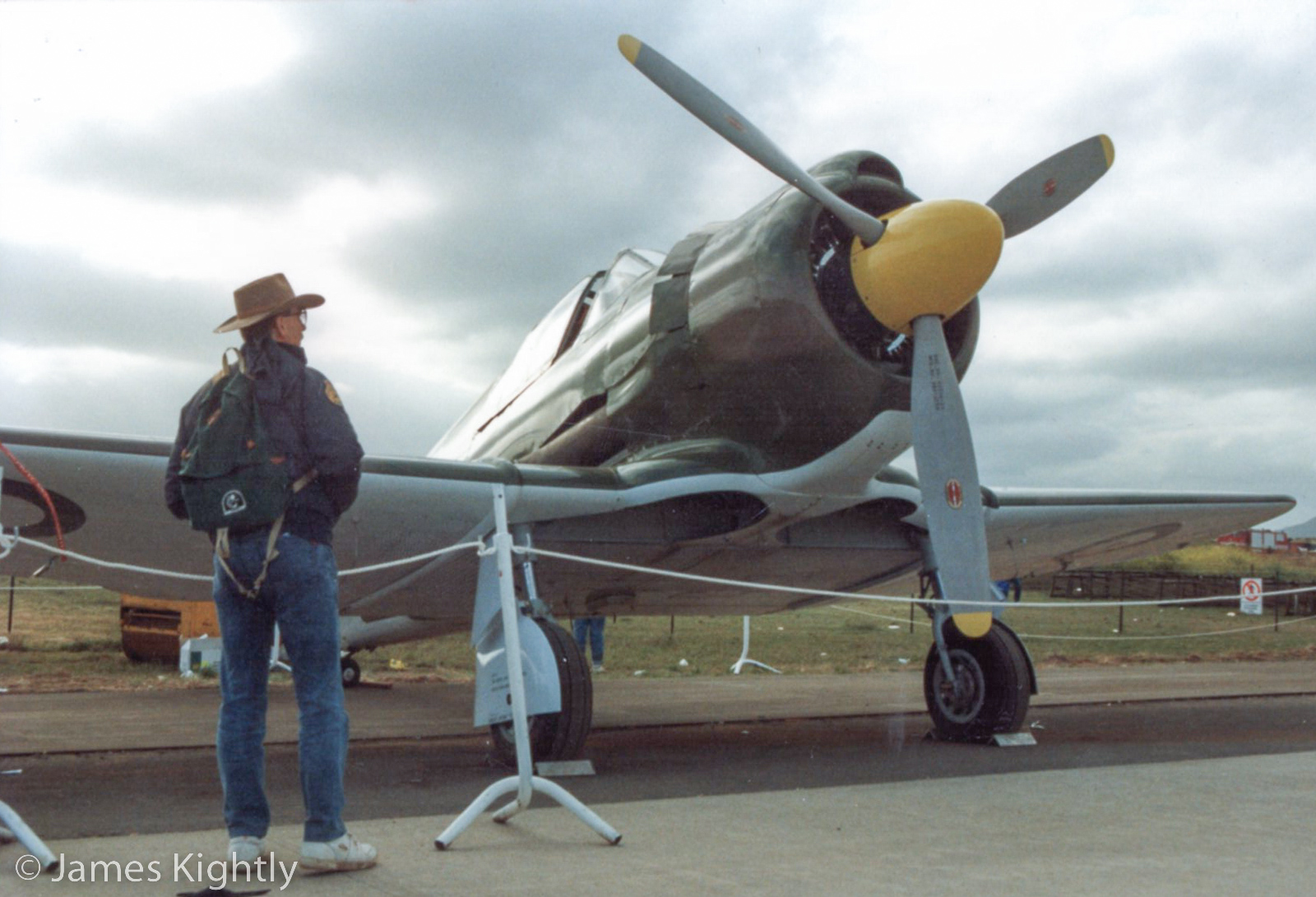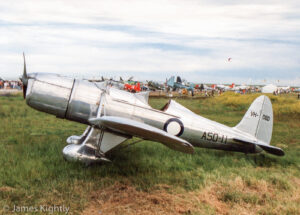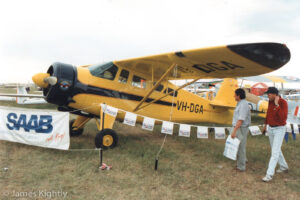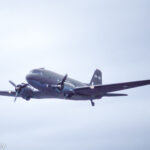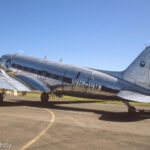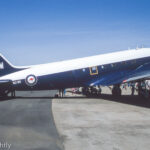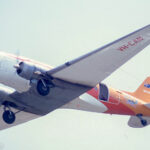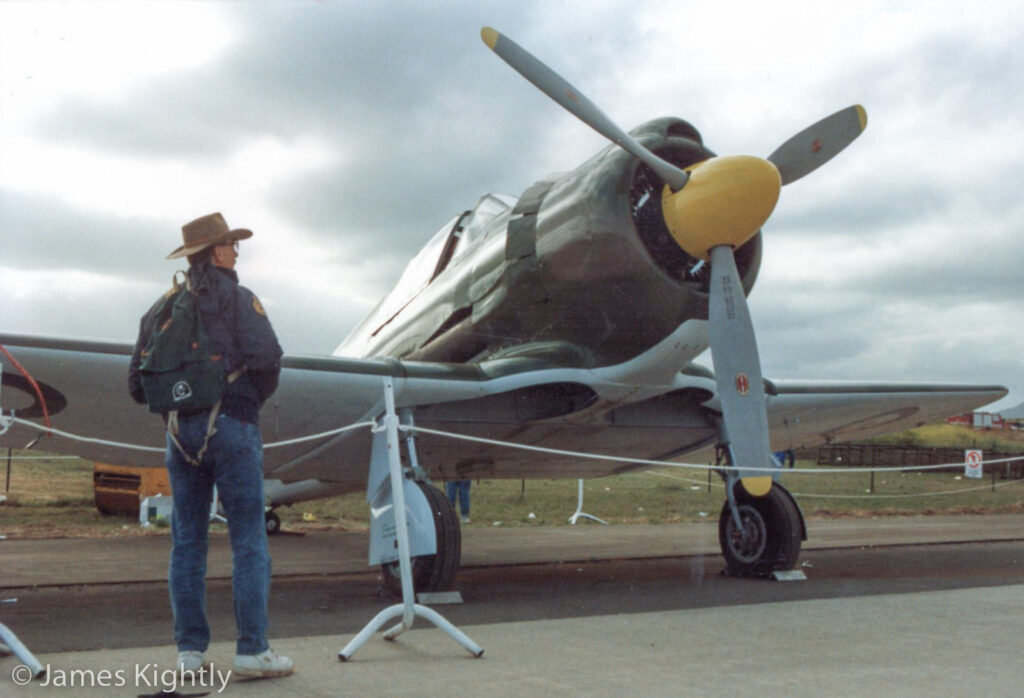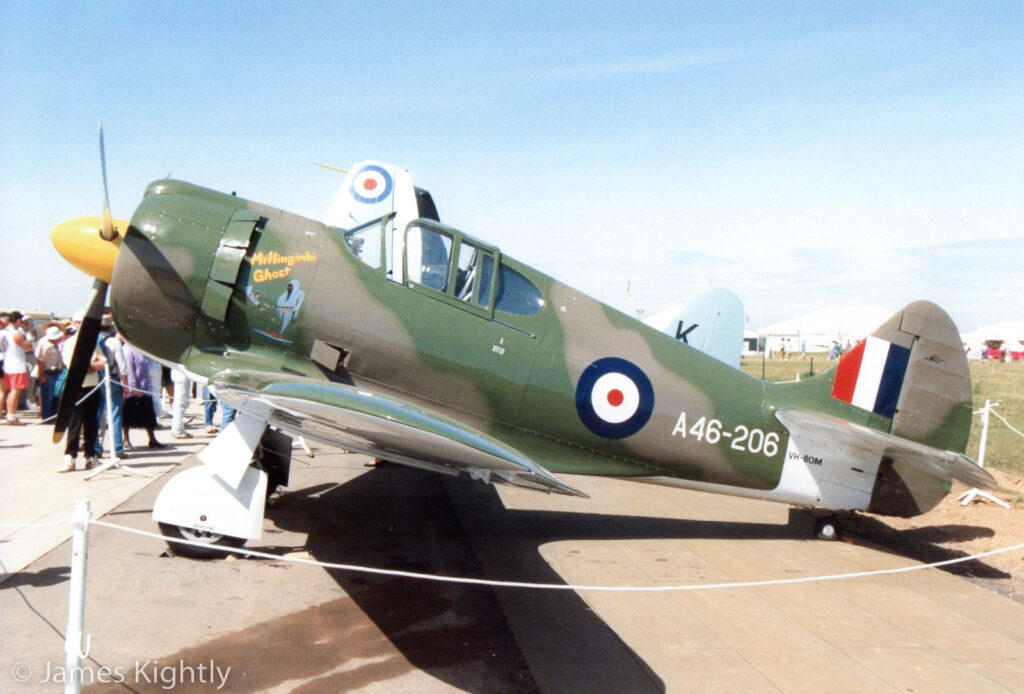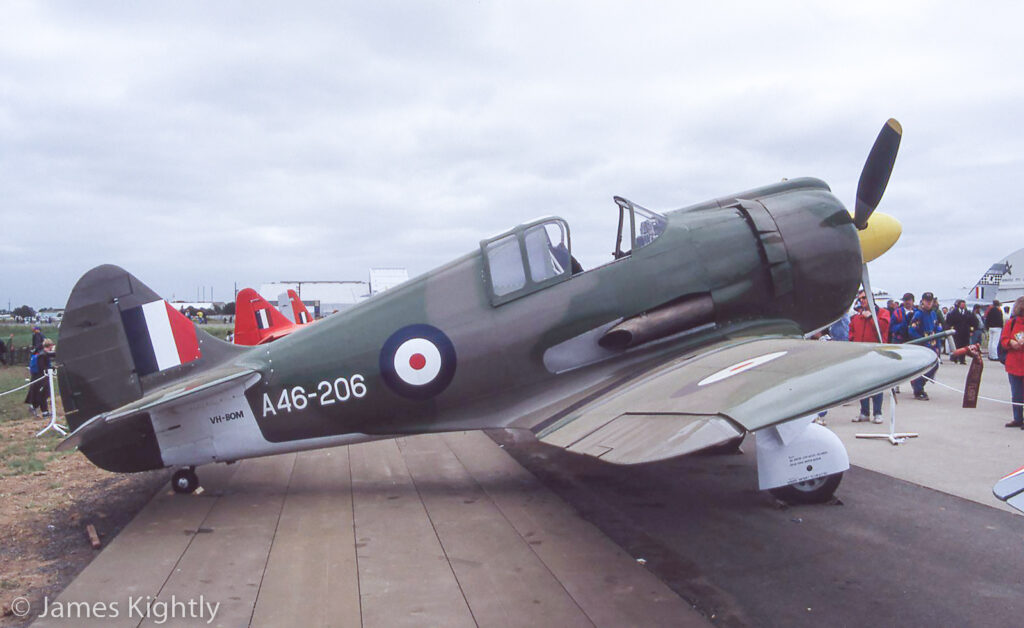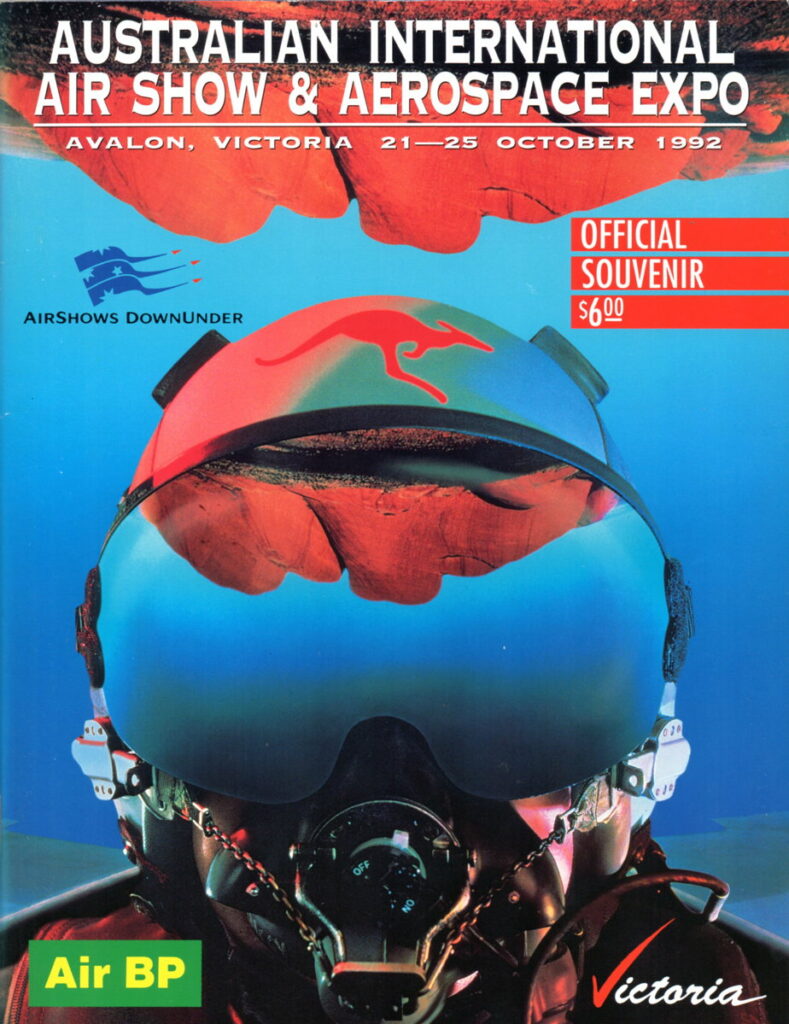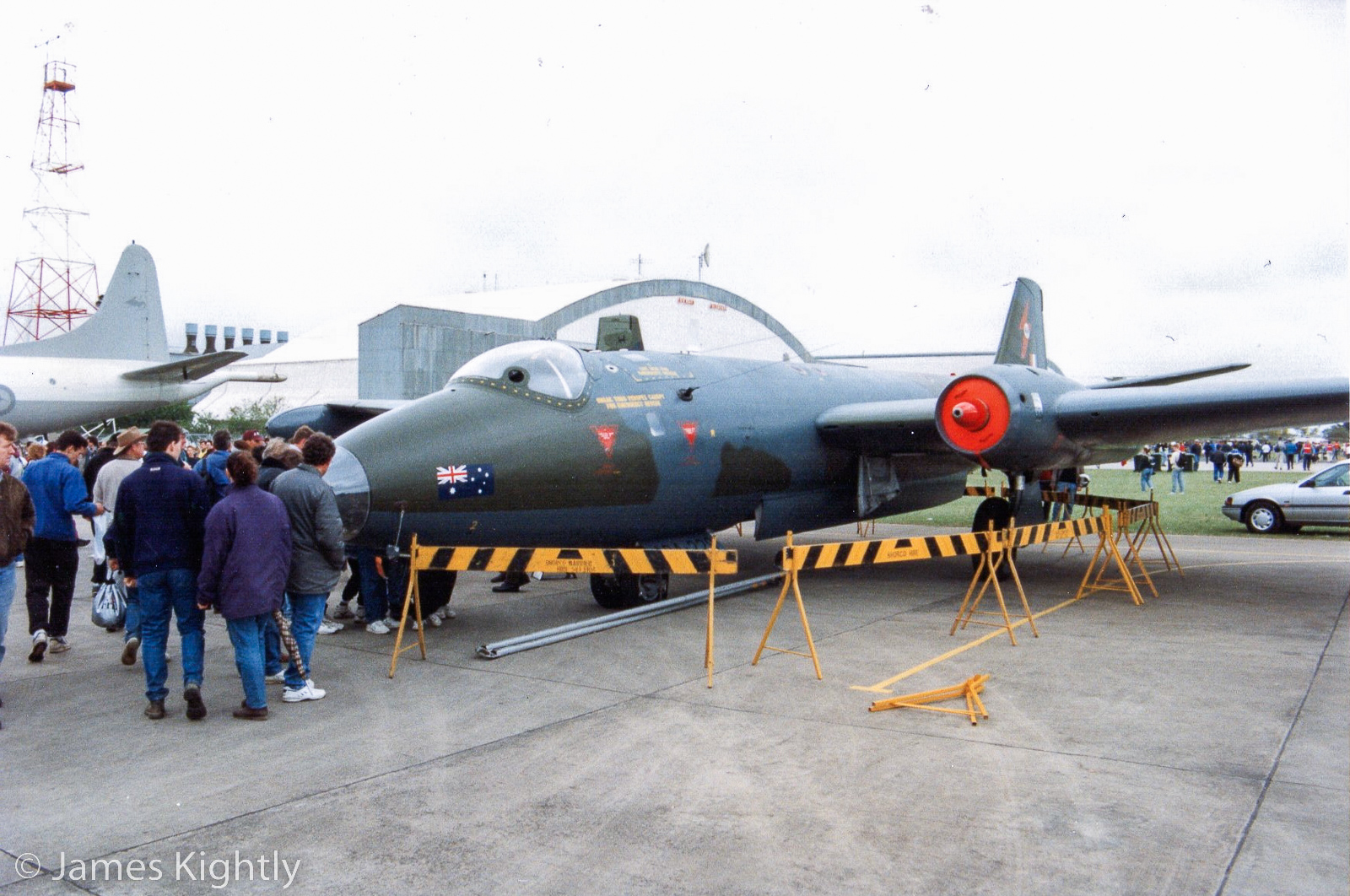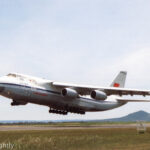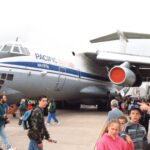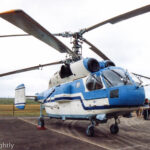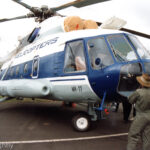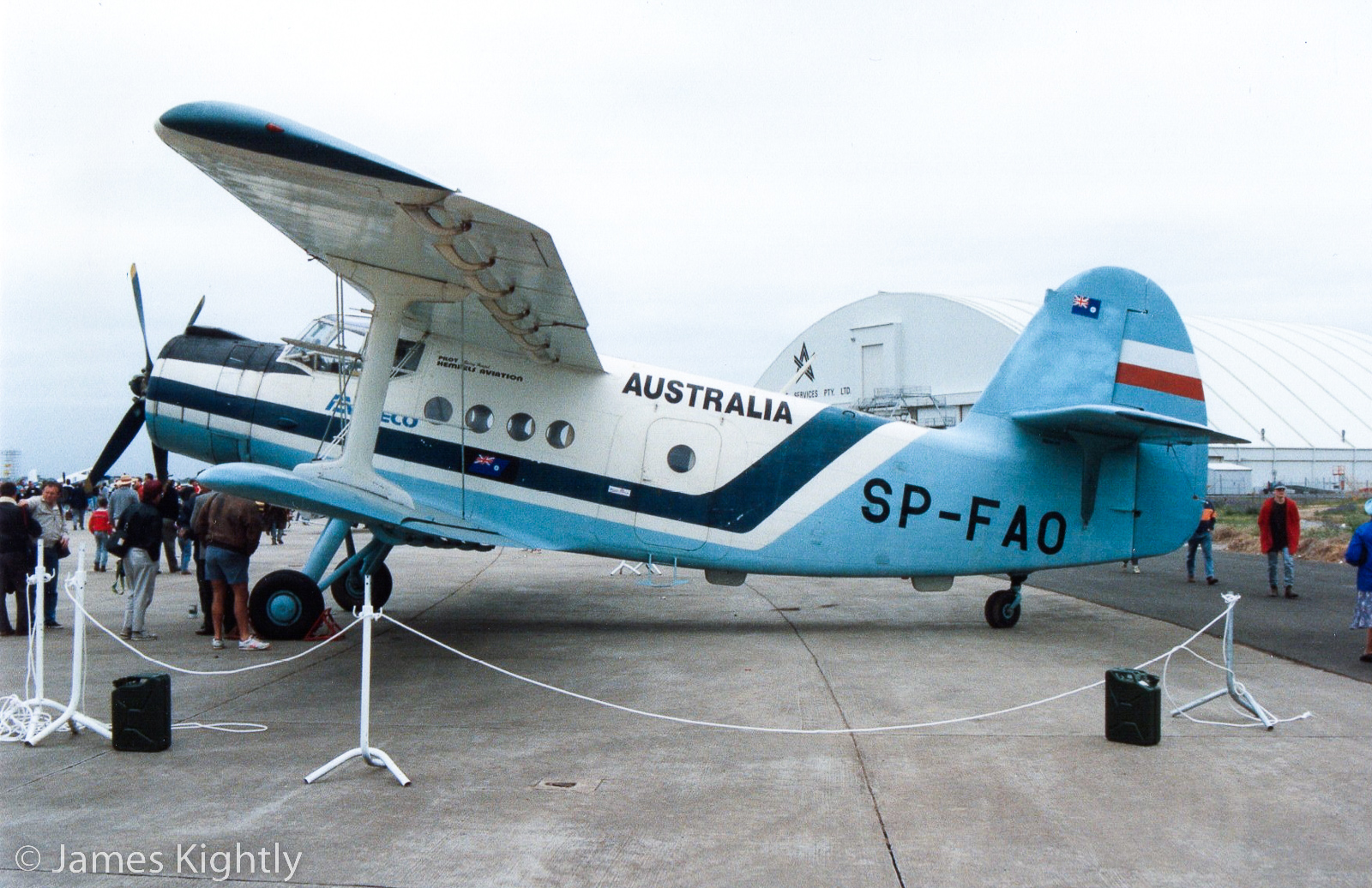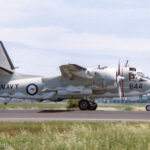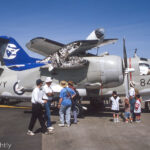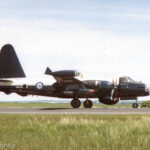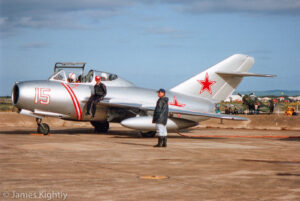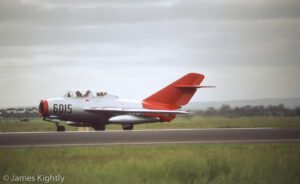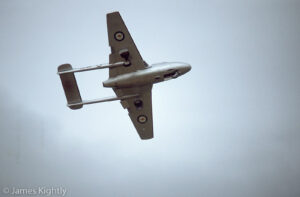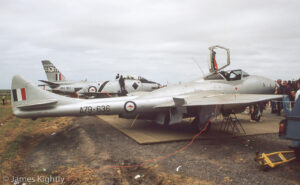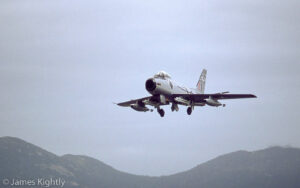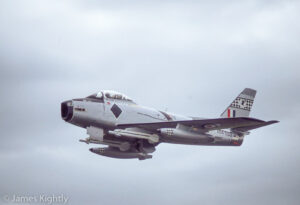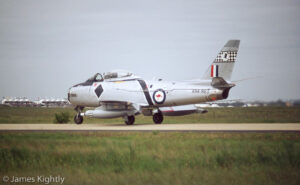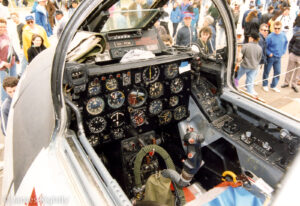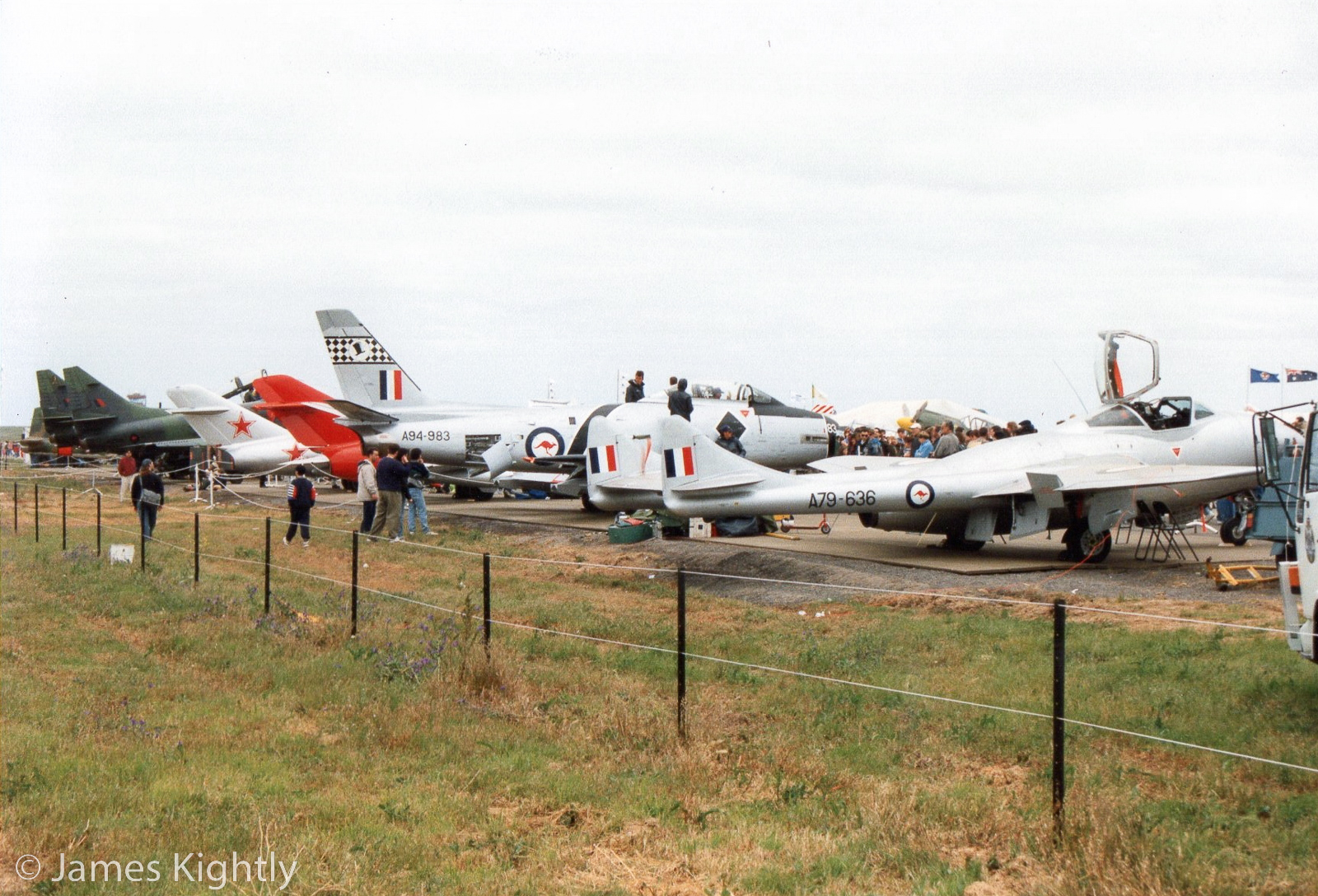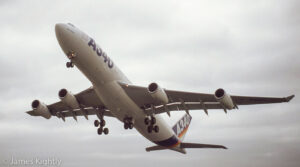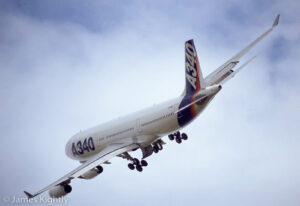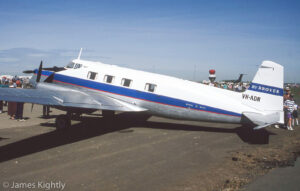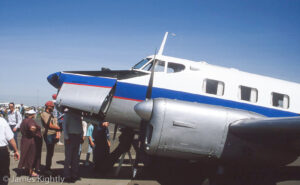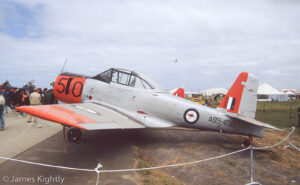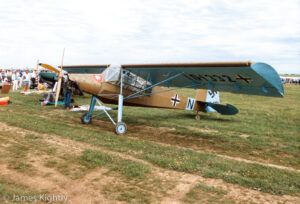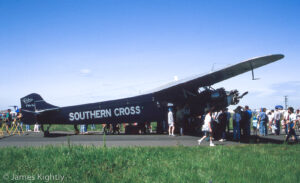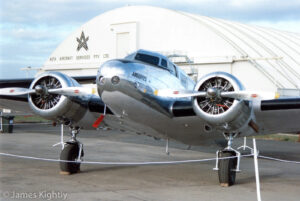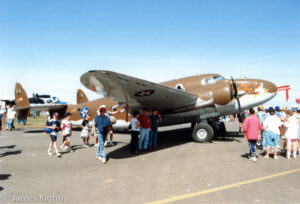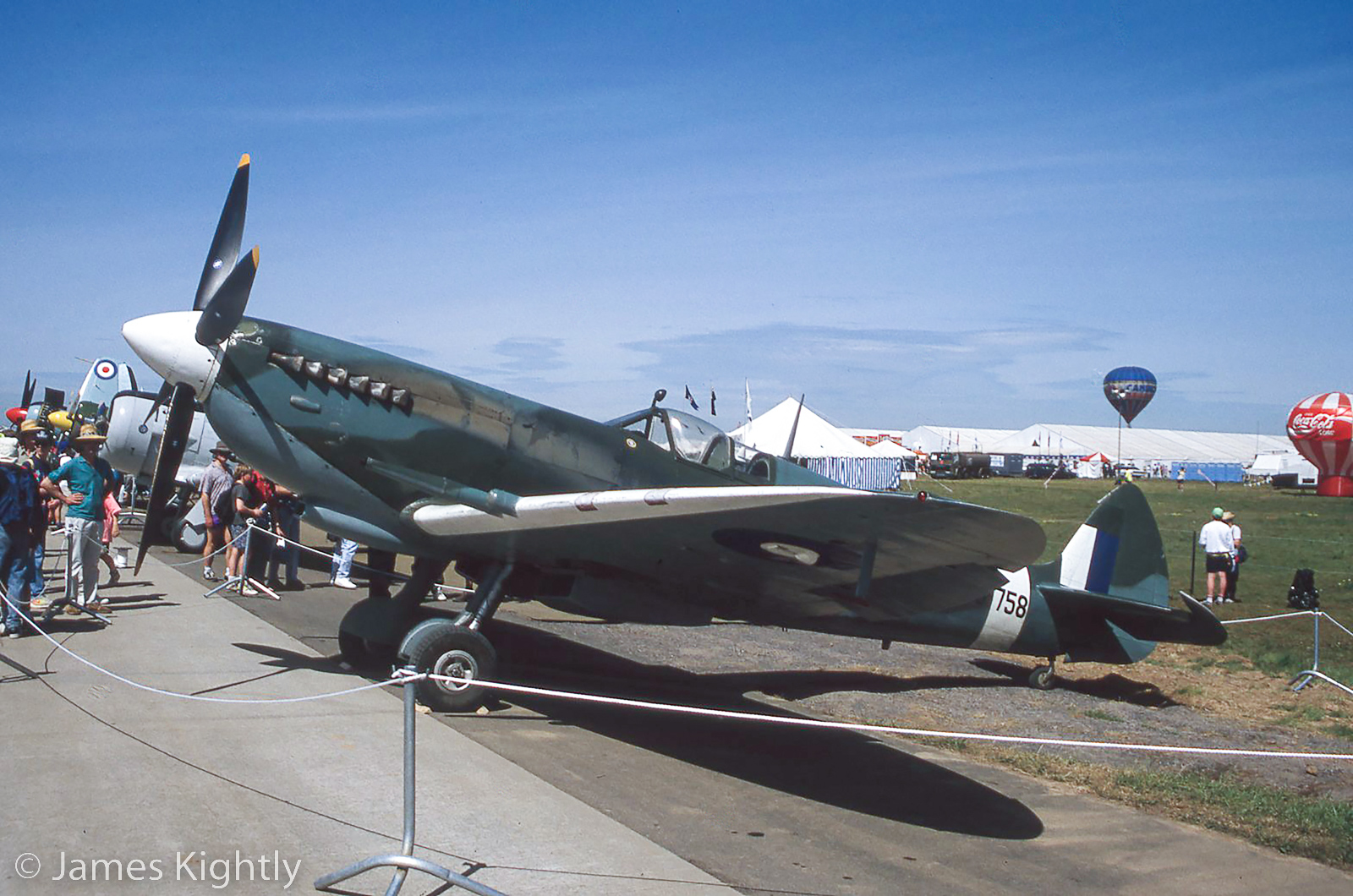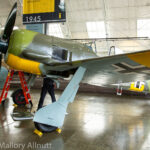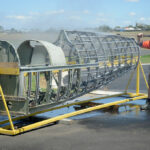by James Kightly
Over 30 years ago, an exceptional airshow took place in Australia. Here we take a look back at it, while also bringing some of the story up to date.
In 1992, following the success of the Richmond New South Wales, Bicentennial Airshow, it was clear there was an opportunity for a major airshow in Australia. Thus, in October 1992, at Avalon Airport, Victoria, ‘Airshows Downunder’ launched a brand new air show. It attracted a remarkable range of aircraft, not only from across Australia, but from overseas as well, ranging from relatively nearby New Zealand – a mere 2,500 miles (4,000 km) away – to locations as distant as France, the USA and Russia.
Following the success of the first event, the Australian International Airshow at Avalon has taken place nearly every other year, for a total of fifteen shows so far; the latest iteration (following a Covid enforced hiatus) occurred in March 2023.
For most aviation aficionados old enough to remember, few of the subsequent shows exceeded, or even met, the quality and excitement of that initial at bat thirty-odd years ago. Perhaps this is just nostalgia speaking, of course, but it is interesting to look back on what was there in 1992 and what has happened to those aircraft in the succeeding decades.
In this article, we look predominantly at the vintage or unusual types at the Avalon show of 1992; a record setter and surprising result of the then-nascent thaw in relations between opposing sides of the still-simmering Cold War.
While a variety of Douglas DC-3 family members regularly appear at aviation events, the selection at Avalon in 1992 was particularly interesting. The Australian War Memorial (AWM) presented their ex-RAAF Dakota A65-71, callsign ‘VH-CIN’ (it is now stored in Canberra); the Navy Heritage team brought their example, N2-90, while Paradeck’s VH-CAN performed the parachute drop. Last, but not least, Melbourne’s own Shortstop Jet Charter brought VH-OVM, one of the few aircraft to have flown into both the 1992 and 2023 events!
One of the most exciting types on show at Avalon 1992 was Guido Zuccoli’s Commonwealth Aircraft Corporation CA-19 Boomerang A46-206, the sole example of the type flying at that time. With a mixed livery representing the first Boomer’ and various operational markings, it was certainly a highlight for many of those attending the show. While A46-206 retired to become a static display at RAAF Amberley’s Heritage Centre, Australia now boasts several airworthy Boomerangs, with a handful of others under restoration to fly; there is also a flying replica in Belgium.
A remarkable, if easily overlooked visitor in ’92 was the Government Aircraft Factory Canberra (A84-229), an Australian-built variant of the English Electric Canberra. Interestingly, the factory which built this aircraft was actually located at Avalon. Following its service in the RAAF, A84-229 moved to the USA in 1990, but returned to Australia for the 1991 Richmond air show and Avalon the following year, as seen below, before returning to the USA in 1993 (as N229CA). Sadly this aircraft is currently parked up in non-airworthy condition at Redding Regional Airport in Redding, California.
With the easing of Cold War tensions by 1992, one of the most exciting group of aircraft to appear at Avalon featured former Eastern Bloc types, with an Antonov An-124 and Ilyushin Il-76 bringing a Mil Mi-8 and a Kamov Ka-50 helicopter. Adding to the mix, a Polish-registered Antonov An-2T (SP-FAO) also participated in the show. Readers will now be very well aware of recent developments with the Ukrainian manufacturer, Antonov’s story – not to mention Russia’s failings.
The Royal Australian Navy Heritage Flight brought their Grumman S-2T Tracker to Avalon in 1992, an airframe which subsequently ended up in storage for a number of years before its recent restoration to airworthy condition as part of the Historic Aircraft Restoration Society (HARS). Also coming from HARS, both then and now, was ex-RAAF Lockheed Neptune A89-273 (VH-IOY).
A couple of ‘MiG-15s’ also appeared at the show, part of the efflux of this type from Poland. As it happens, both of these aircraft were license-built examples – SBM Lim-2 two-seaters. Sadly the Polish-built ‘6015’ (VH-LSN) crashed with two fatalities in 1993. However, VH-DIE flew pleasure flights for many years until its retirement in around 2012; it is presently on static display at The Old Station in Rockhampton, Queensland. Aero built VH-DIE, ‘15’, under license as a CS-102 at their factory in Vodochody, Czechoslovakia during 1955; it later underwent conversion in Poland, where it became a two-seat SBLim-2 (s/n 3804).
A range of types represented jet history effectively at Avalon in 1992. One of the gems included the RAAF Historic Flight’s Australian-built de Havilland Vampire T.35 A79-636 (VH-HLF) which had been flying from the RAAF Museum at Point Cook since 1988. Sadly, the RAAF Museum eventually grounded the Vampire and there are currently there no flying examples in Australia, although there are projects underway which hope to remedy this situation.
A Commonwealth Aircraft Corporation CA-27 Sabre (A94-983) was a major star at the show. This Sabre, a domestically produced adaptation of North American Aviation’s legendary F-86, came powered, as originally fitted, with a Rolls-Royce Avon engine. The RAAF had returned this Sabre to flying condition during 1981 for service in a heritage role. RAAF pilot Phil ‘Frawls’ Frawley flew it at Avalon in 1992. Frawls, a legendary aviator, more recently held the Guinness Book of Records title for being the world’s oldest active fighter pilot! While A94-983 is currently operated as a joint project between the Temora Aviation Museum and the RAAF, it does not currently fly due to type-support issues relating to its ejection seat options.
Behind the Vampire, Sabre and MiGs tails in the jet line up below, a pair of then-current Royal New Zealand Air Force Douglas A-4 Skyhawks is discernible. Oddly enough, these were former Royal Australian Navy examples. A number of ex-RNZAF Skyhawks still fly today with Draken International in the USA, serving in a dissimilar combat role.
Setting a temporary long distance class record, the Airbus A-340, four-engine airliner arrived during the airshow itself, having flown directly from Toulouse, France!
Australian-built aircraft were, of course, well represented at Avalon; de Havilland Australia’s DHA-3 Drover (VH-ADN) being one such example. Then airworthy, the aircraft has recently undergone restoration in the USA at the Pima Air & Space Museum in Tucson, Arizona where it is now a static exhibit.
Other Australiana included a Commonwealth Aircraft Corporation CA-25 Winjeel trainer, then owned by a significant restoration identity on the Australian scene, and today still airworthy, although operated by a different Australian historic aviation authority! ‘Winjeel’ is a local Aboriginal name for ‘Young Eagle’. The ‘Storch’ pictured below on the right is not quite what it seems however, being an Australian-designed light aircraft type known as the Slepcev Storch. Like the WWII-era Fieseler Fi 156 which it resembles, the Slepcev Storch is an effective STOL machine, although at a fraction of the size and cost of its ‘big brother’. Yugoslav-Australian Nestor Slepcev designed the aircraft; production, originally based in Australia, continues today in Serbia.
Representing one of the most important types in Australian (and world) aviation history was a replica Fokker F.VIIb trimotor painted to resemble VH-USU, better known as Southern Cross. This replica of Charles Kingsford Smith’s world-spanning, record-setting machine has been out of the air for some time now, following an undercarriage failure in 2002. However, after a herculean effort from a team at the Historic Aircraft Restoration Society of New South Wales, this aircraft should return to flight in the near future.
Lockheed transports were present at Avalon in 1992 – including a Model 10 Electra (VH-UZO) which was airworthy at the time, but currently on static display at the RAAF Amberley Heritage Centre. Meanwhile, Lockheed C-60 Lodestar 42-55951 (VH-UXS), nicknamed Flew The Coop due to its previous career as a chicken coop, moved to New Zealand a year after Avalon 92, ending up on static display at the transport museum in Wanaka.
The show was a success, but only just, and it was a rocky follow up in 1995. As Ian Honnery of Air Shows Downunder said: “One of the highlights was the arrival of an Airbus A340 after a record-breaking non-stop flight from Toulouse. But while the exhibitors were pleased, the public hated the chaos, something that cost us dearly when we staged the 1995 show, with an even-better line up of exhibitors, and had the public stay away in droves.”
Nevertheless the show remains a fixture on the Australian calendar, though recent years haven’t been a part on the vintage scene of the first few. So let us finish with Supermarine Spitfire Mk.VIII A58-758 (VH-HET). The late Col Pay restored this beauty to flight, and it was, of course, a highlight at Avalon. Thankfully this aircraft is still airworthy, flying from its base with the Temora Aviation Museum in New South Wales for the RAAF’s 100 Squadron heritage flight.







